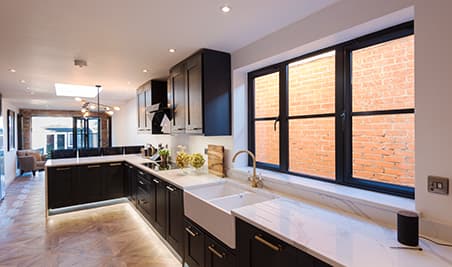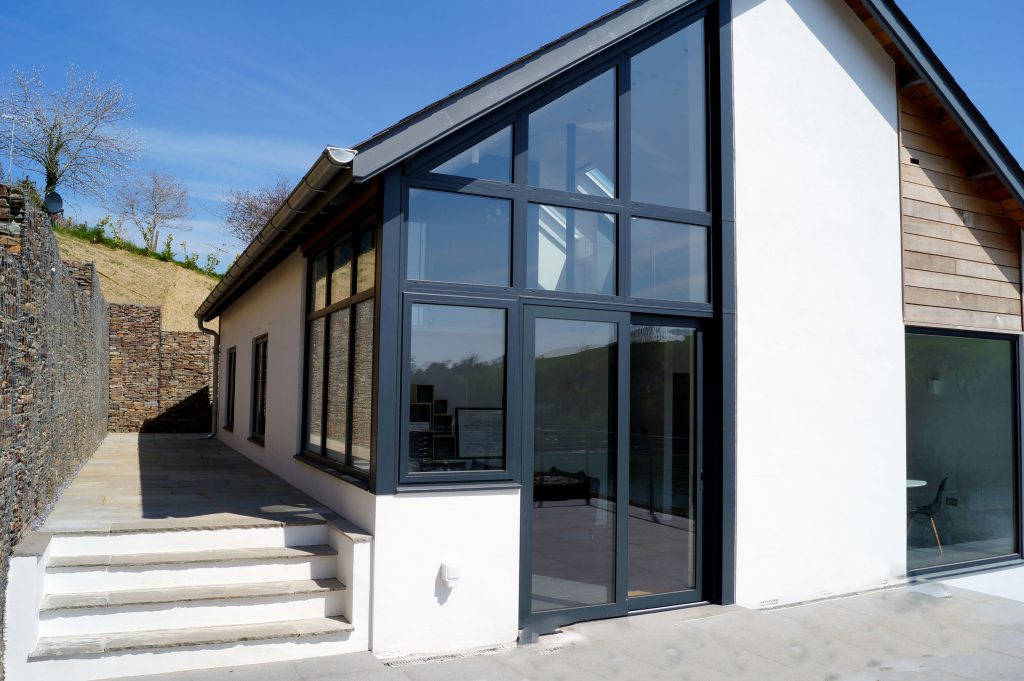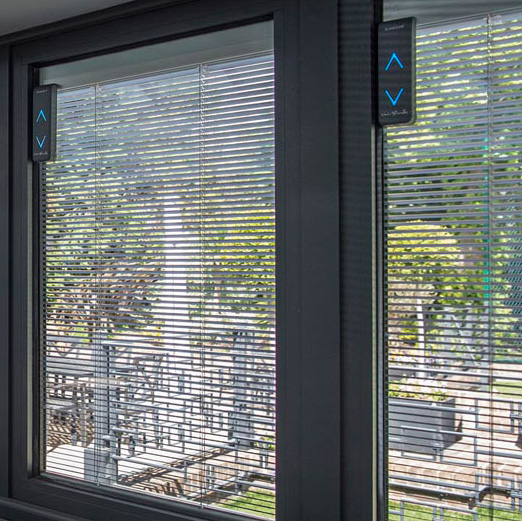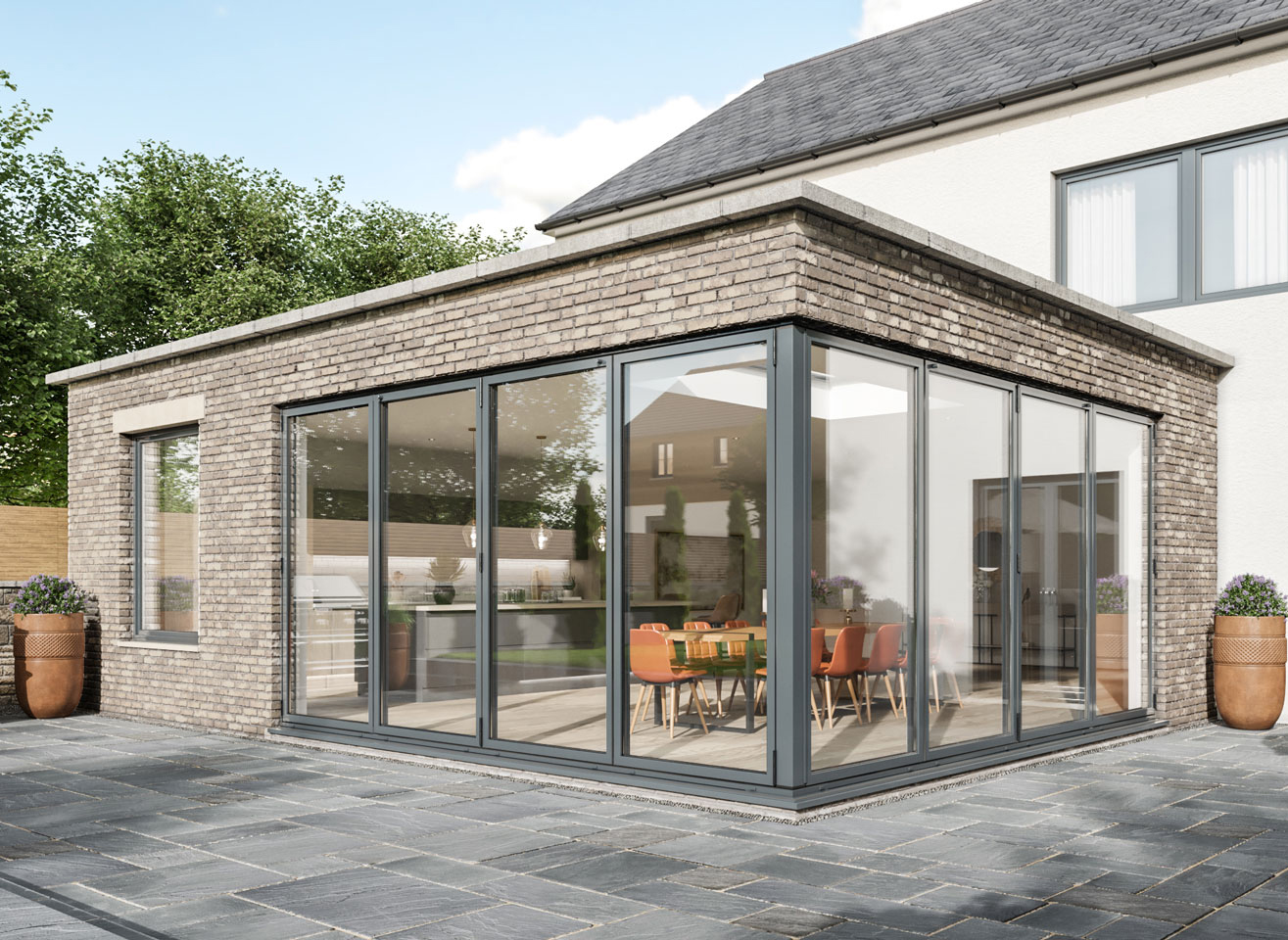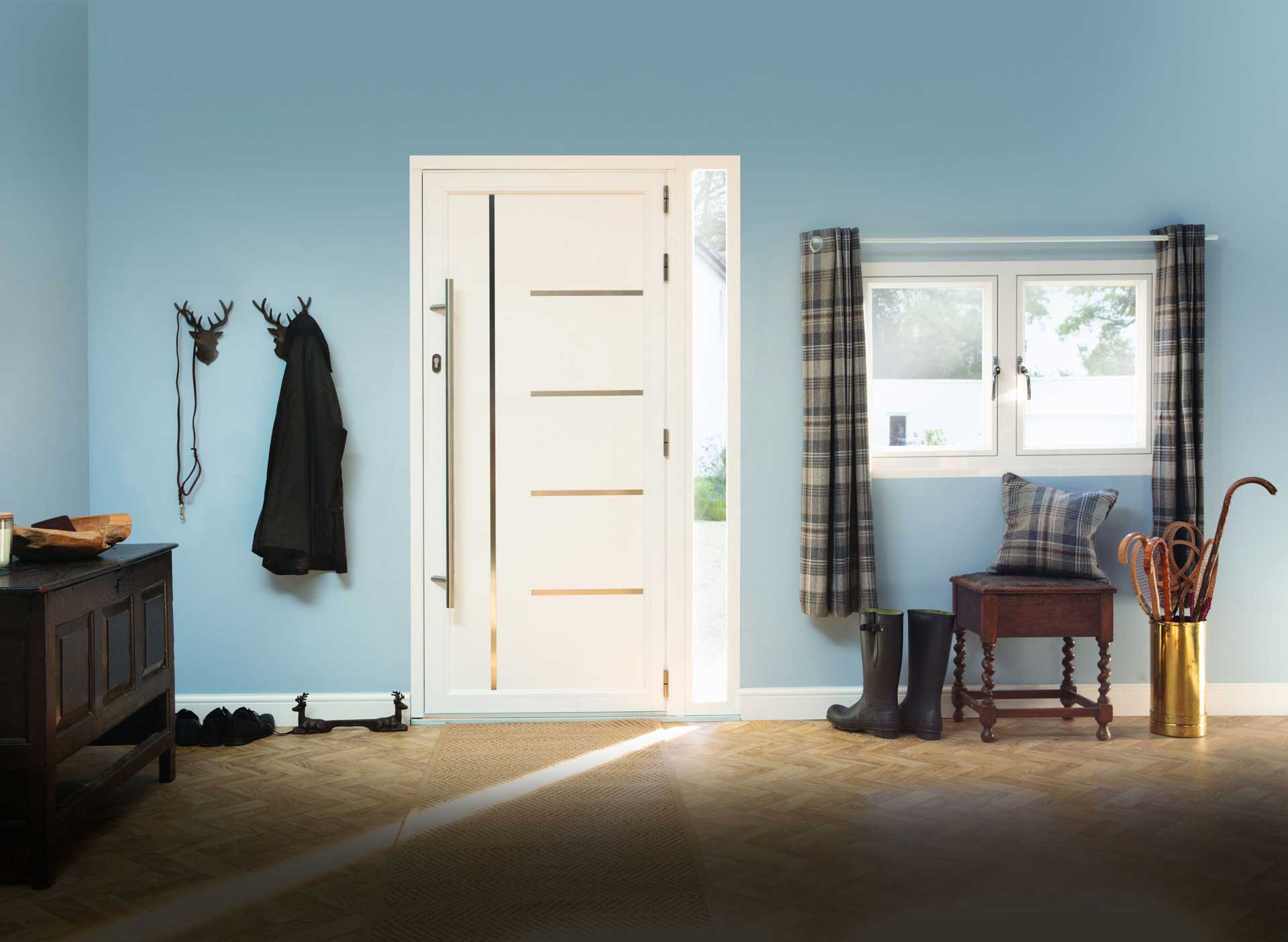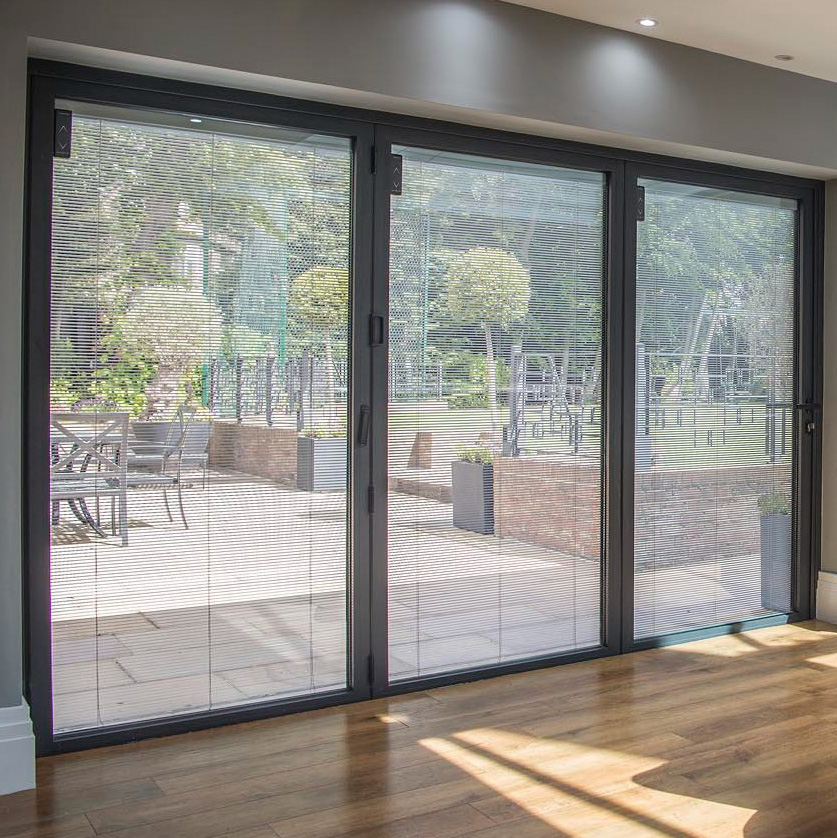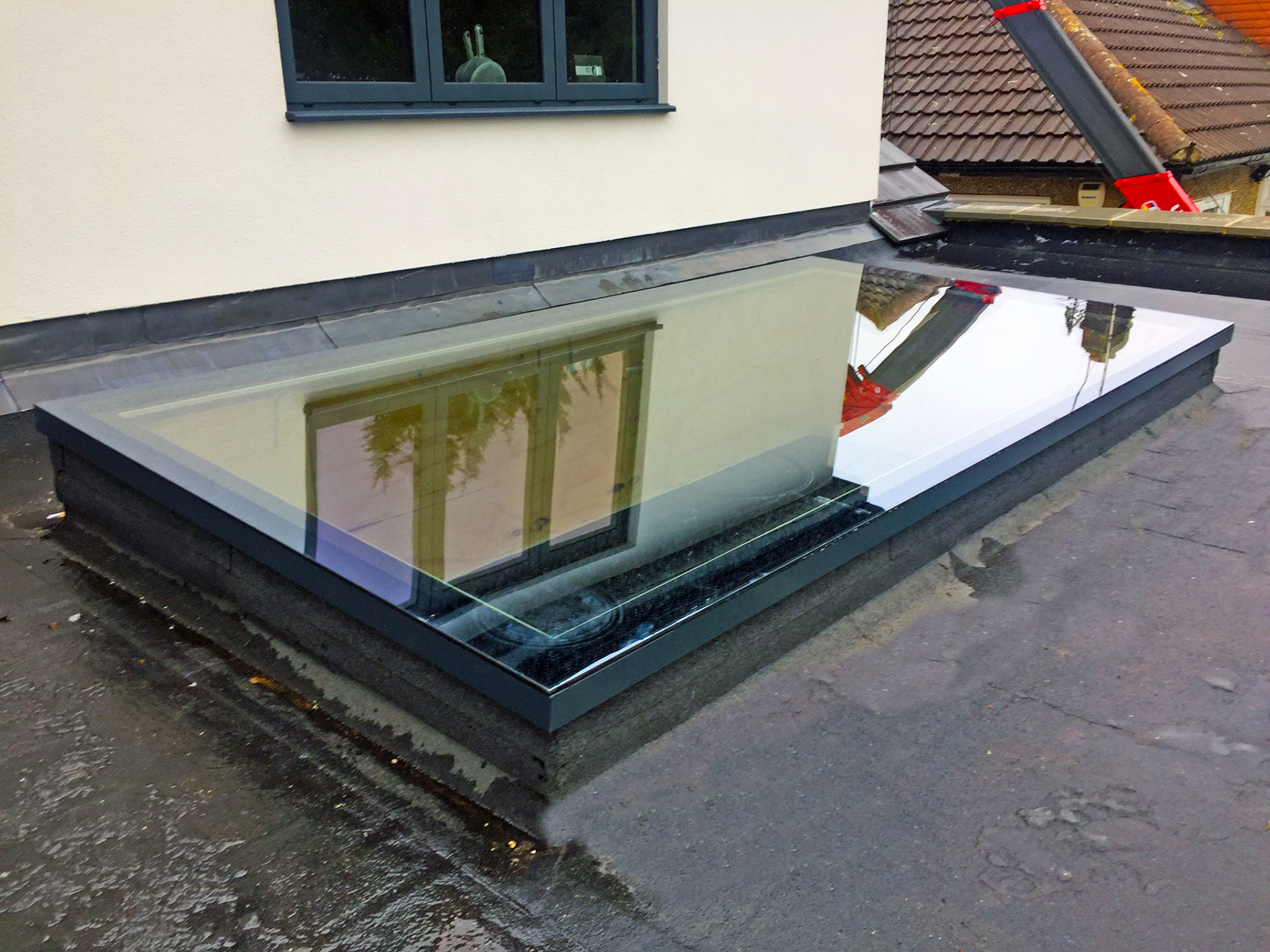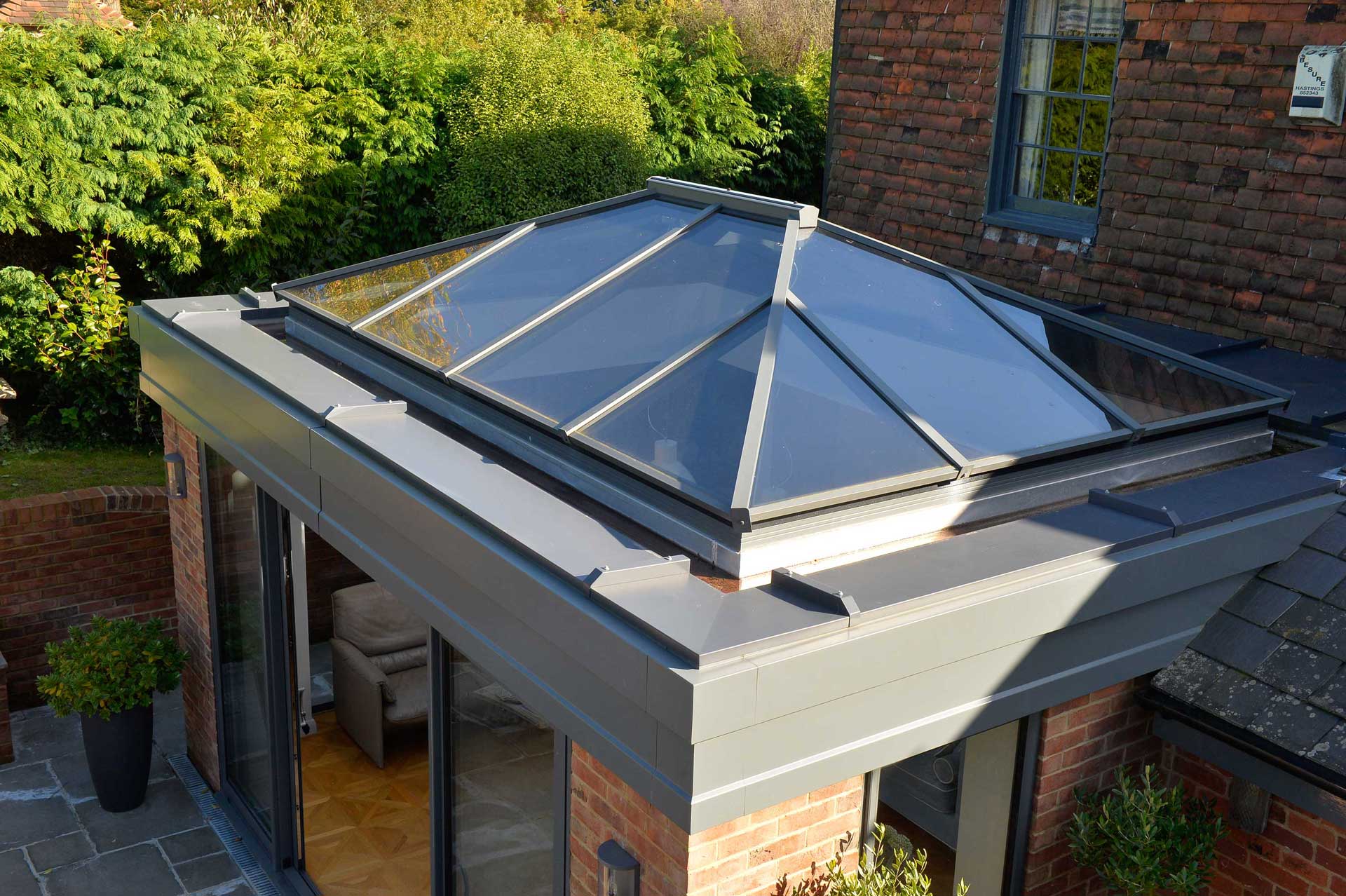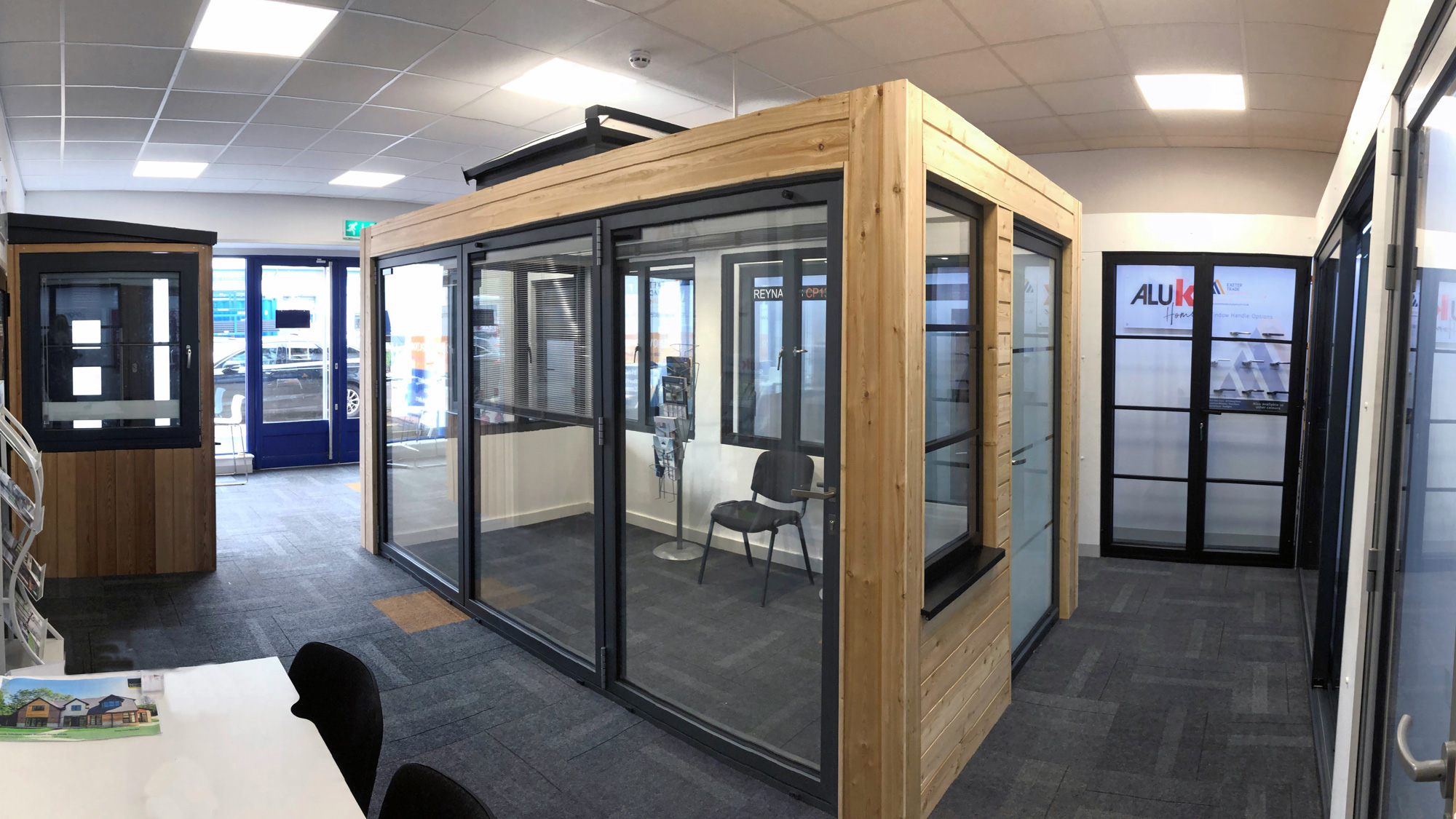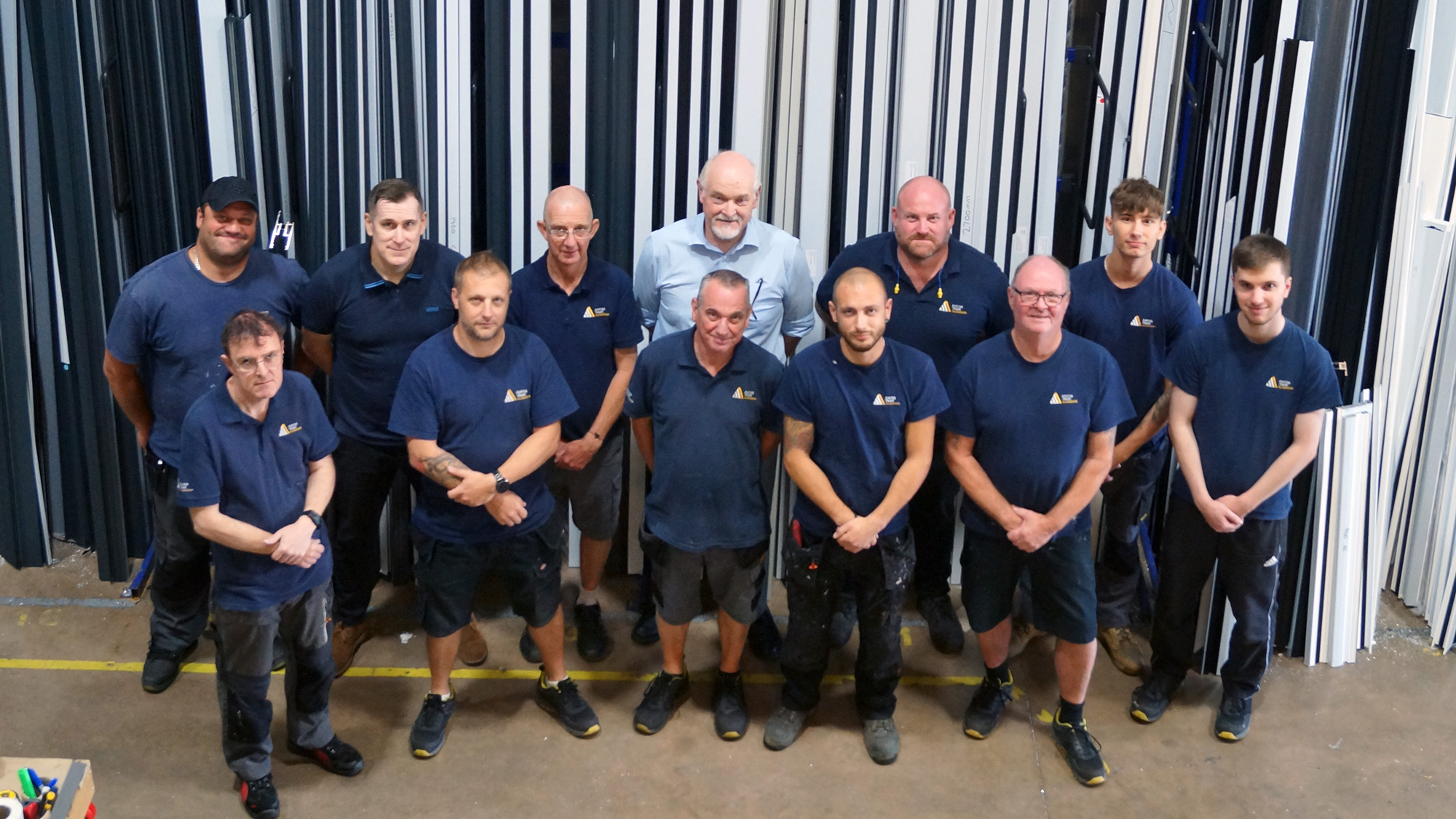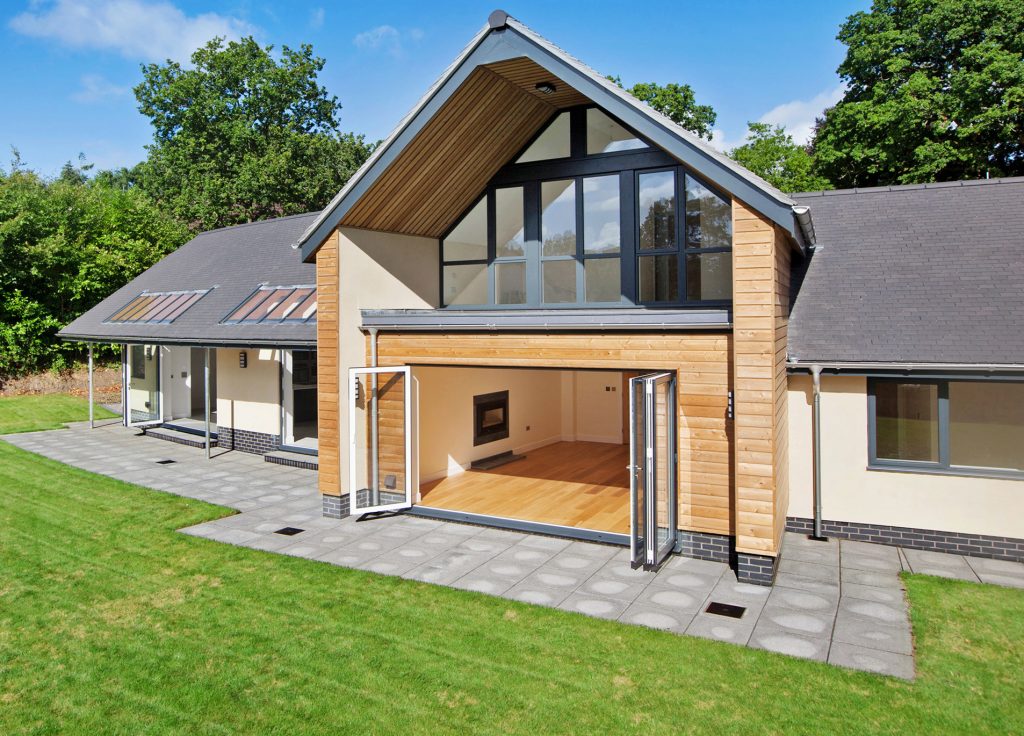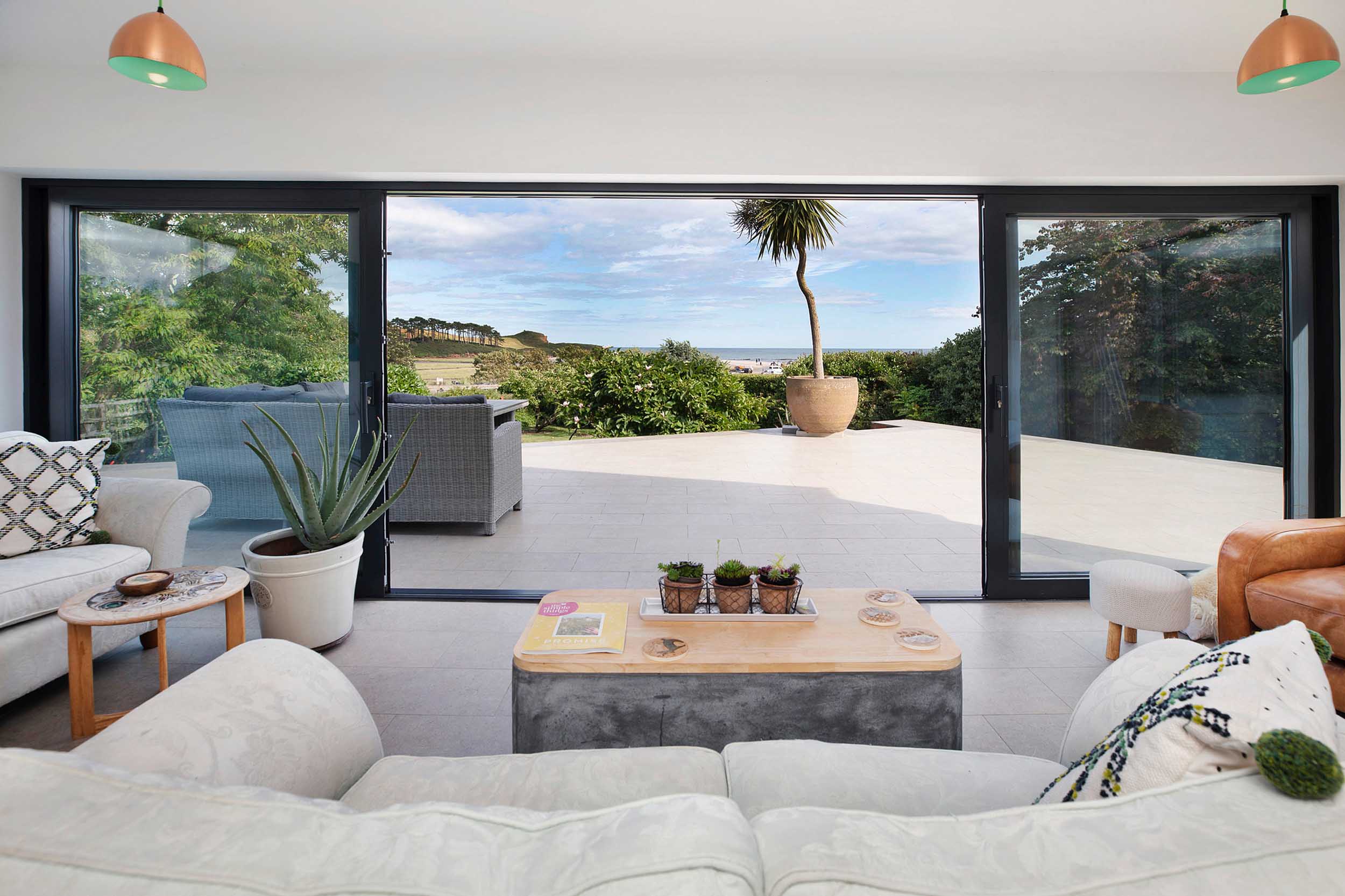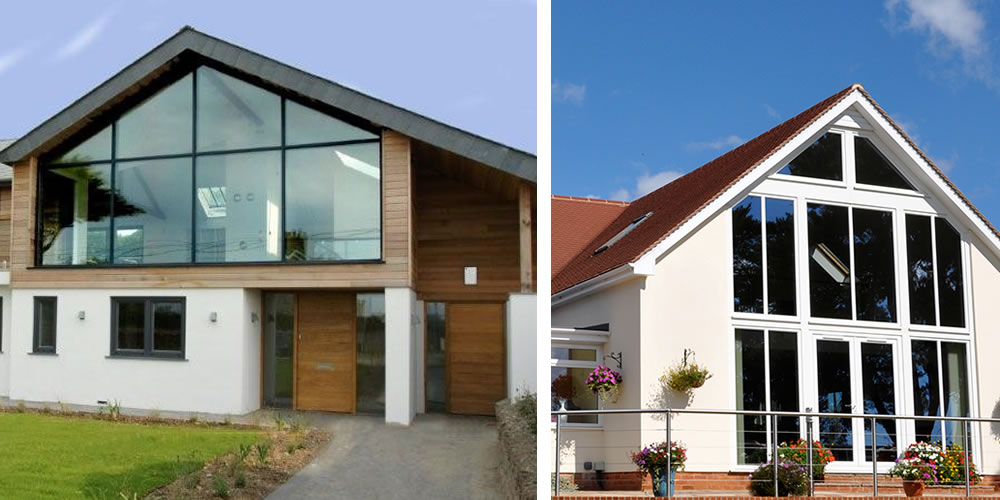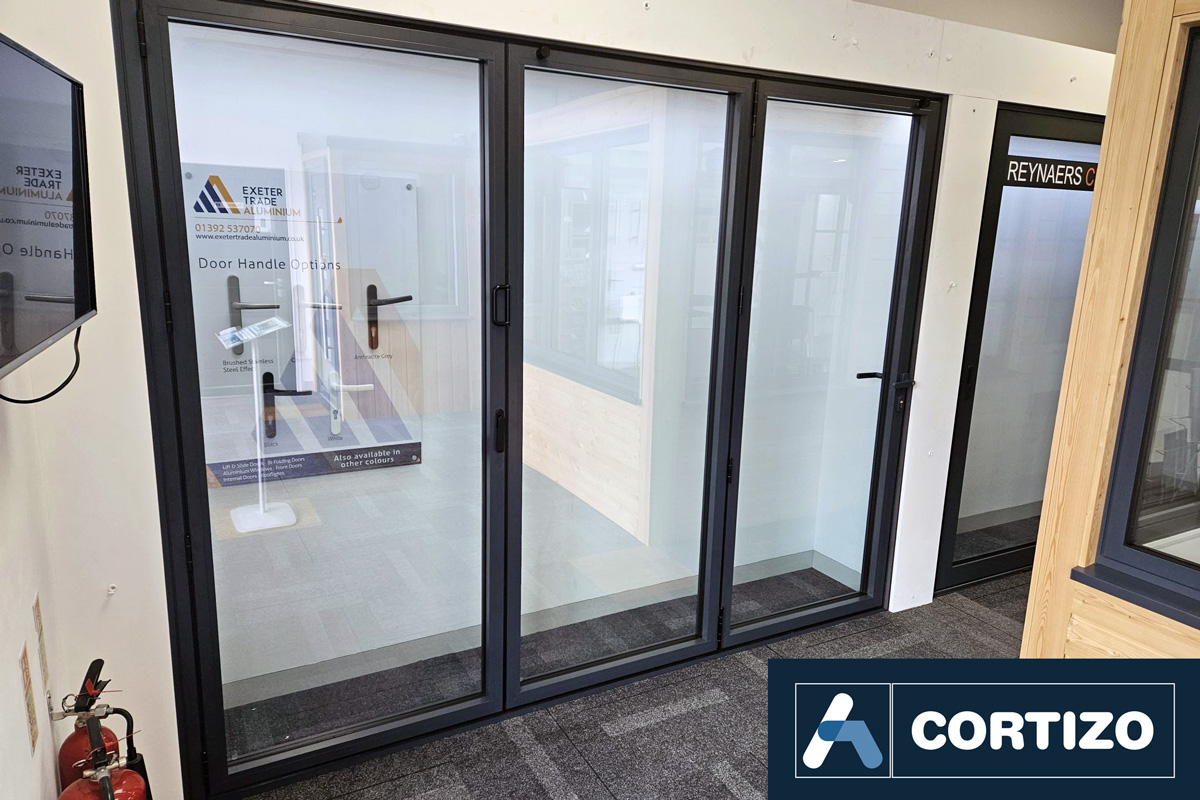Aluminium vs. PVC Windows and Doors
When it comes to choosing windows and doors there are many factors to consider, the first being the material of the frames.
PVC has dominated the new build and replacement window markets since the 90s as a ‘fit and forget’ solution. With many people choosing it as the default option without knowing its benefits or the other options available.
Both aluminium and PVC have their own merits, with a major factor being the building you are installing the windows into and the personal taste of your customer.
Here we look to see how aluminium and PVC compare.
Cost
Everybody has a budget, it can vary greatly depending on the project, but cost is a very important factor when looking at windows.
PVC is an inexpensive plastic, as such is found installed in houses up and down the country. Aluminium however does demand a higher price tag due to being a more expensive product to manufacture. Gaining in popularity, homeowners and architects are seeing the benefits aluminium can provide.
Even though aluminium windows and doors are more expensive to buy, they are likely to boost the value of the property whereas PVC wouldn’t.
If your customer has a tight budget PVC could be the right choice for their windows. It is still an investment, so if you do go down the PVC route, be sure to choose a good quality PVC.
Maintenance and durability
Both PVC and aluminium are easy to maintain, both requiring very little maintenance. Using a warm damp cloth to remove the dirt, you can have the windows looking like new.
Powder coated aluminium is one of the most durable finishes available for windows. Once powder coated in the chosen RAL colour it will be well protected against rust and discolouration and won’t need to be recoloured every few years.
Although PVC has a long life, the frames may potentially degrade over time, and can be prone to expansion and contraction with the heat. Aluminium however, is a very stable material with minimal expansion and contraction, with changes in temperature, built to last, remaining consistent from year to year. Making aluminium an ideal choice for sliding and bi-folding doors, as PVC tends to warp and twist, making the doors hard to open and close.
Both PVC and aluminium windows come with lengthy guarantees, highlighting how their durability will remain intact for years to come. They also both come fitted with the latest secure locking mechanisms, ensuring security is tight in your customers home.
Strength
PVC is very tough, but aluminium is even stronger. Its strength is aluminium’s chief virtue. Both are resilient enough to withstand weathering and loose none of their strength over time.
Due to aluminium’s strength it allows for a slimmer frame, and a greater glass surface area. With PVC being weaker than aluminium, it has to have thicker frames, in order to provide the same level of performance that aluminium does.
The result being, PVC windows have much smaller panes of glass, larger sight lines and let less light into a room compared to aluminium.
Aesthetics
This is where aluminium really takes the lead from PVC. Aluminium windows are the perfect choice for someone looking to create a contemporary modern looking property. It is the go to choice for architects. The profile offers so much flexibility, oversized or unusually shaped windows are within easy reach using aluminium. Some fantastic architectural statement designs can be created using aluminium windows.
Available in 150 RAL colours for aluminium windows and doors, customers are sure to find a colour to match their property/surroundings. With PVC, traditional white is the most widely produced colour, however foil finishes are available to provide customers with more choice.
Environment
Being recyclable aluminium is far more environmentally friendly than PVC. Being 100% recyclable, aluminium’s life continues long after it’s time as a window.
A U-value is a measure of how easily heat can pass through a material. Materials that let out more heat have higher U-values whereas materials that let less heat pass through them have lower U-values. The U-value varies can vary from system to system, therefore be sure to review to see which has the lowest before making a decision.
Conclusion
In conclusion both aluminium and PVC have their pros and cons. This biggest pros and cons of each will be down to your individual client’s needs, wants and budgets.
For help and advice please call our friendly team of experts on 01392 537070, or pop into the showroom, who can help you to determine the best product for your job.

